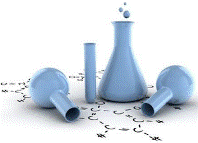Chemical and Biomolecular Engineering, Department of
Date of this Version
10-26-2020
Document Type
Article
Citation
ACS Omega 2020, 5, 28749−28759. https://dx.doi.org/10.1021/acsomega.0c04064
Abstract
The development of membrane-based technologies for the treatment of wastewater streams and resources containing heavy metal ions is in high demand. Among various technologies, nanofiltration (NF) membranes are attractive choices, and the continuous development of novel materials to improve the state-ofthe- art NF membranes is highly desired. Here, we report on the synthesis of poly(homopiperazine−amide) thin-film composite (HTFC)-NF membranes, using homopiperazine (HP) as a monomer. The surface charge, hydrophilicity, morphology, crosslinking density, water permeation, solute rejection, and antifouling properties of the fabricated NF membranes were evaluated. The fabricated HTFC NF membranes demonstrated water permeability of 7.0 ± 0.3 L/(m2 h bar) and rejected Na2SO4, MgSO4, and NaCl with rejection values of 97.0 ± 0.6, 97.4 ± 0.5, and 23.3 ± 0.6%, respectively. The membranes exhibit high rejection values of 98.1 ± 0.3 and 96.3 ± 0.4% for Pb2+ and Cd2+ ions, respectively. The fouling experiment with humic acid followed by cross-flow washing of the membranes indicates that a flux recovery ratio (FRR) of 96.9 ± 0.4% can be obtained.



Comments
open access